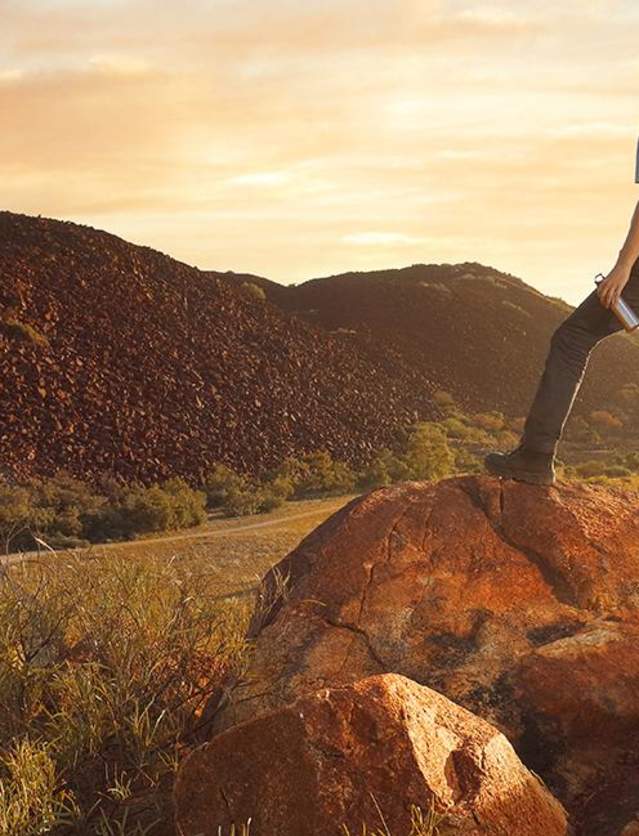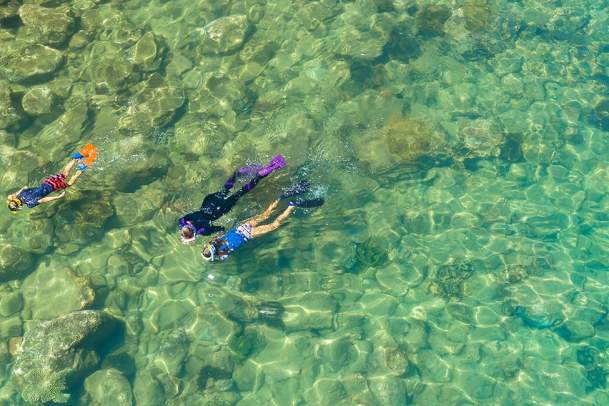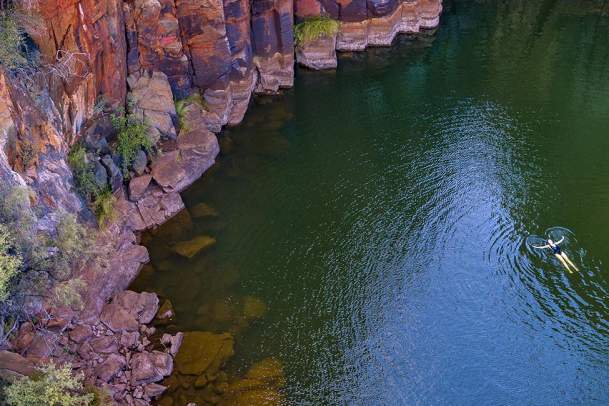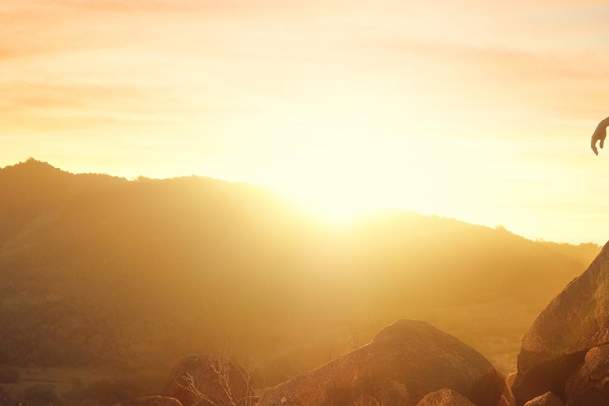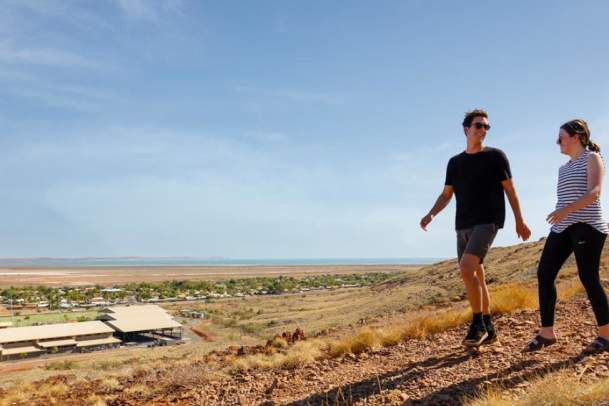Murujuga National Park (Burrup Peninsula)
via Burrup Rd, 6714, Burrup, 6714
The Burrup Peninsula is a small landmass with a large range of habitats, a diverse array of wildflowers and wildlife, and an ancient outdoor art gallery.
Murujuga National Park and the islands of the Dampier Archipelago showcase what is thought to be the highest concentration of rock engravings of any known site in the world.
Murujuga National Park is situated about 5 kilometres north-east of the town of Dampier and 35 kilometres from Karratha. Access is via the Burrup Road, off the Dampier Highway.
Petroglyphs
With Aboriginal people living there for more than 50,000 years the engravings (petroglyphs) have been estimated to be as old as 40,000 years. The petroglyphs are diverse, depicting a record of what was meaningful to the Aboriginal people of the Pilbara and beyond. From human figures and birds, to marine life and extinct creatures, the art provides an insight into an ancient world. Ngajarli (Deep) Gorge situated on the Burrup Peninsula is a popular site for those wanting to see these traditional engravings.
The rock art is sacred for Aboriginal people and its traditional custodians the Ngarluma-Yindjibarndi, the Yaburara-Mardudhunera and the Woon-goo-tt-oo.
Keep to the pathways and if wanting to view this amazing art up close, please walk around it, rather than on it. When visiting the peninsula please take note of the signage which asks visitors not to climb onto the rocks and to abstain from taking photographs of humanoid rock art figures due to cultural restrictions.
Flora and Fauna
Thirty per cent of all plants and animals that occur in the Pilbara are found on the peninsula - an amazing statistic for a relatively small area. At least 23 plant species found here either have restricted distribution or are poorly known. Plants such as the native fig are more typical of the wetter Kimberley region, but here they grow in humid, fire-protected pockets and creek beds. Mammals include the northern quoll, Rothschild's rock-wallaby, echidna, euro, common rock rat and delicate mouse. Shady valleys contain temporary pools, and provide interesting wildlife homes. The Pilbara olive python lives amongst the rock piles, and evidence of rock-wallabies can be seen beneath overhanging rocks, where they frequently shelter from the heat.
Fascinating tours are offered through the Murujuga Aboriginal Corporation & Ngurrangga Tours.
For information on entry fees, passes and camping in Pilbara national parks, click here.
32 kilometre drive from Karratha, approximately 38 minutes.
Guided tours are available from Karratha. Murujuga National Park is a day use park only with no overnight camping.

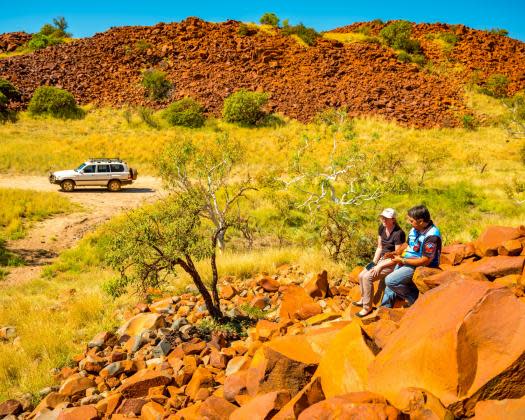
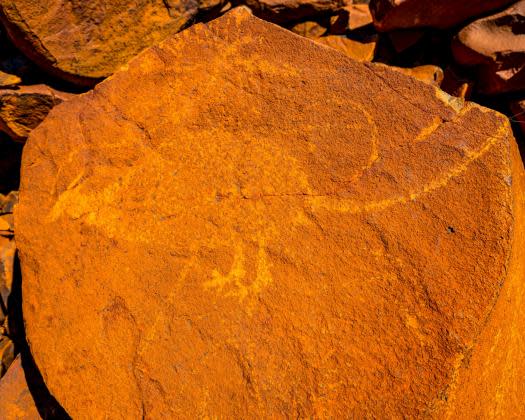
Dampier Archipelago
With 42 islands and islets of the Dampier Archipelago to explore, the chances of you running into…
Millstream Chichester NP
Millstream Chichester National Park offers some of the best nature based camping opportunities in…
Hearson Cove
Popular with locals and visitors alike, Hearson Cove is a shallow yet beautiful beach located on the…
Gnoorea Point (40-Mile Beach) & Miaree Pool
Gnoorea Point or 40-Mile Beach offers nature based camping with great fishing from the beach. For…
Yaburara Heritage Trail
The Yaburara Heritage Trail is an insightful self-guided walking discovery of the traditional…
Cleaverville Creek
Cleaverville Creek is a popular spot for camping or day trips. The beach area at the mouth of the…


